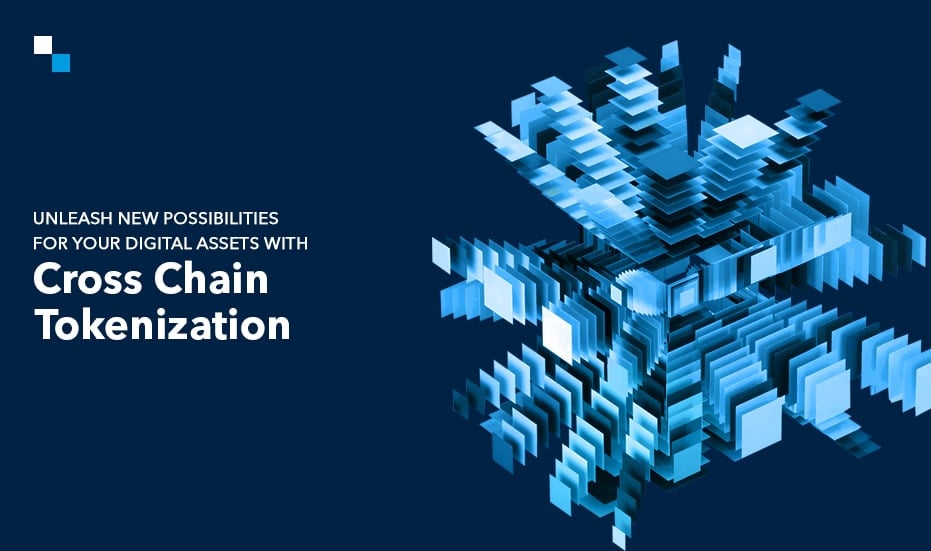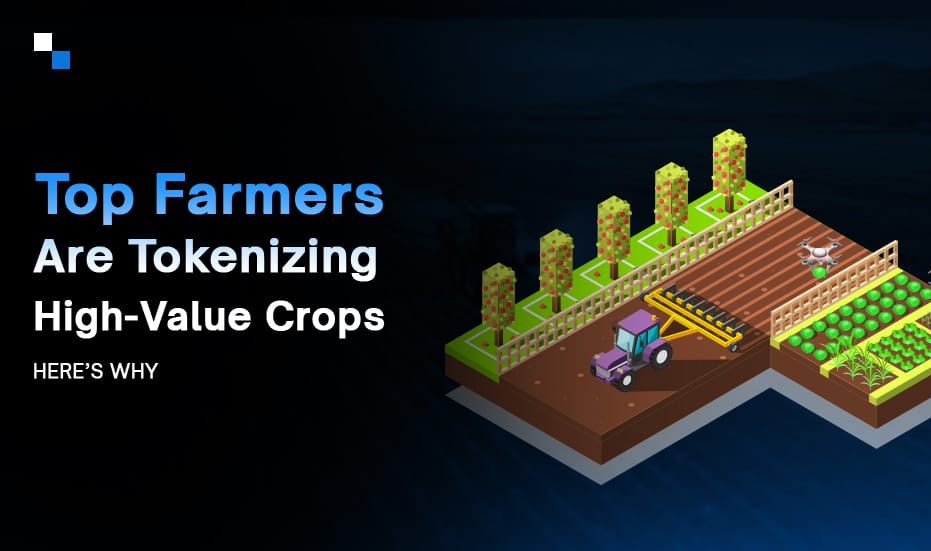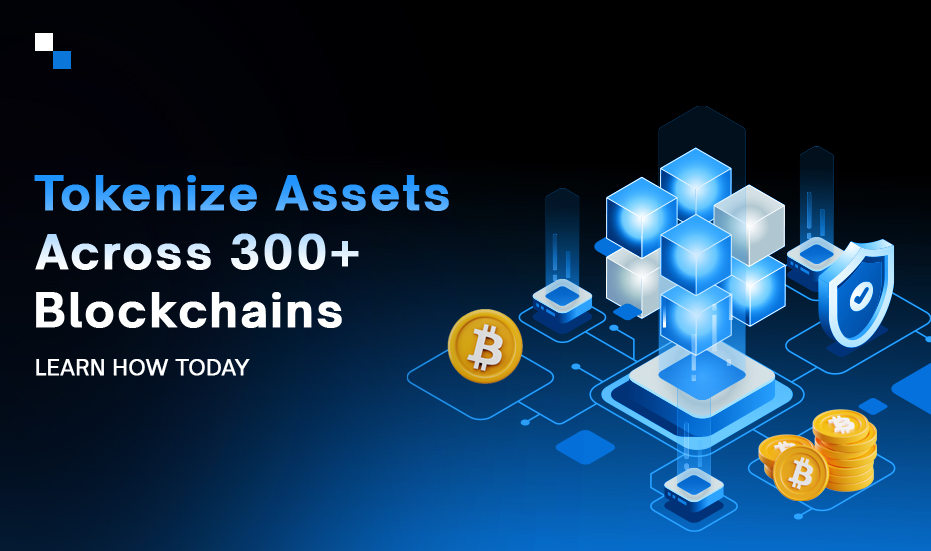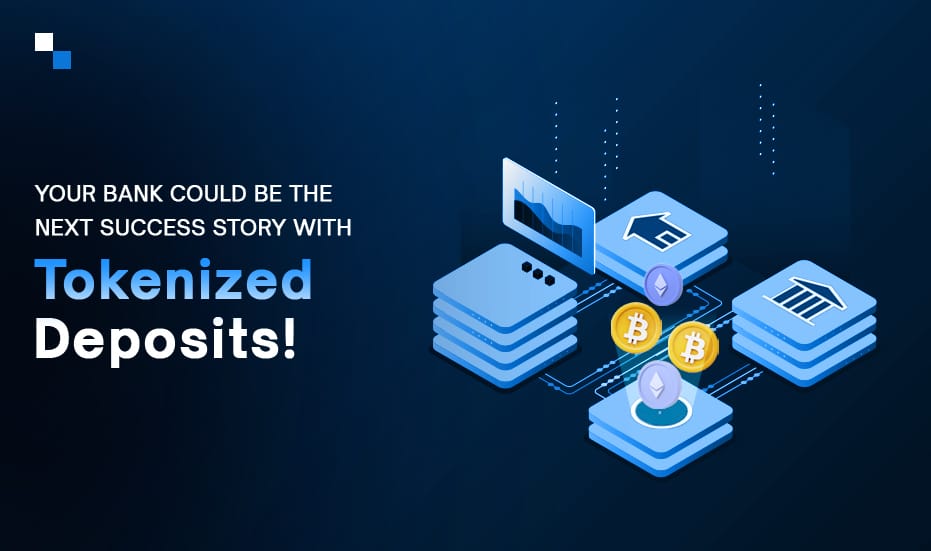
Impact of Smart Contracts on Web3 Casino Games
October 9, 2024
How to Launch an Enterprise-Ready White-Label IDO Platform in Just One Week?
October 9, 2024Cross-chain tokenization is changing the view of the blockchain landscape. It gives easy ways to cross various blockchain networks for the transfer and exchange of digital assets, hence directly attacking what many consider to be one of the largest challenges in blockchain technology: the lack of interoperability. This, of course, will increase liquidity and efficiency but also unlock many opportunities for innovation across large sectors.
What Is Cross-Chain Tokenization?
At the heart of cross-chain tokenization lies the interoperability protocols. Interoperability protocols refer to communication between disparate blockchain networks or systems that do so without breaching the integrity of the systems themselves. Therefore, transfer of tokens becomes necessary and must be understood within the framework of these protocols.
Navigating the Technical Landscape
So, how does this all work? The magic happens through cross chain interoperability in Tokenization. Interoperability protocols, which are essentially the bridges connecting different blockchains allow diverse networks to communicate and share data securely. To really appreciate cross-chain tokenization, it’s essential to get familiar with these protocols.
Popular Interoperability Protocols
For cross chain token transfer, there are some protocols that one needs to be familiar with:
Cosmos: Often dubbed the “Internet of Blockchains,” Cosmos is like a bustling city where independent blockchains can interact freely. With its Tendermint consensus mechanism and the Inter-Blockchain Communication (IBC) protocol, developers can create custom blockchains that play well together. This encourages innovation while ensuring security.
Polkadot: This protocol takes a unique approach with its multi-chain architecture. It connects specialized blockchains—called parachains—to a central Relay Chain. The Substrate framework simplifies building these parachains, allowing developers to craft tailored solutions for specific needs. It’s all about modularity, making the blockchain ecosystem more adaptable and scalable.
Avalanche: Known for its lightning-fast performance, Avalanche boasts a high throughput and low latency thanks to its Avalanche Consensus mechanism. It supports decentralized applications (dApps) and allows for quick asset transfers. If you’re looking for real-time interactions, this is where the action is!
Tokenization and Interoperability
Now that we’ve covered the basics, let’s dive into what cross-chain tokenization actually involves.
Token Mapping: Think of this as creating a universal language for tokens across different blockchains. It ensures that a token representing an asset on one blockchain corresponds to a similar token on another. For example, a token representing real estate on one blockchain can be matched with a fractional ownership token on another.
Cross-Chain Transfers: To move tokens between blockchains securely, we use bridges or gateways. These mechanisms ensure that assets can flow freely while keeping security tight. It’s all about enhancing liquidity and letting users leverage their assets across different platforms.
Asset Pegging: Maintaining the value consistency of tokens across chains is crucial. Pegging mechanisms—like stablecoins—help stabilize values and prevent opportunistic trading that could lead to chaos. It builds trust among users and smoothens their trading experience.
Real-World Applications of Cross-Chain Tokenization
Cross-chain tokenization can take theoretical ideas and show practical application across many industries. Let’s see Cross chain interoperability in tokenization examples:
DeFi
The cross-chain tokenization is changing the DeFi space as it opens possibilities of working applications that cut across other blockchains. Using services that integrate cross-chain capabilities, users can access a wide range of financial services such as lending, borrowing, and trading. Projects like Polkadot’s Acala Network make liquidation pools across chains accessible for users, thus pushing for further inclusion and innovation in finance. As an outcome, more diversified asset classes as well as better-yielding opportunities can be provided by the applications of DeFi to a wider audience.
NFTs
Cross-chain tokenization is ushering in an NFT market renaissance. This openness on the part of NFTs to tokenization and trade across other chains further opens the gates for both creators and collectors to use a wider reach and, hence, possible value increase. Rarible and its peers allow artists and collectors to trade NFTs across multiple chains while increasing options in the overall ecosystem. With such cross-chain ability, it not only increases liquidity but also encourages collaboration between artists and platforms on their path toward a more dynamic and diverse marketplace.
Supply Chain Management
The cross-chain tokenization implementation increases the efficiency and transparency of the supply chain. Blockchain technology allows companies to track assets from the supply chain more efficiently and effectively and increase traceability for accountability and sustainability. The interlinked solutions like VeChain and Waltonchain have the processes of real-time monitoring incorporated into their projects. Such monitoring reduces fraud, which means that this raises trust in the participants. The system optimizes logistics, manages inventories efficiently, and compliance with the regulations which further promotes the resilience of the supply chain.
Gaming and Metaverse
Cross-chain tokenization brings in interoperability of virtual goods and currencies across various platforms. As a result, it offers an even more integrated experience for a user. Assets within games can be transferred between games, making one feel about owning something and being part of a community. Systems like Enjin and The Sandbox use such cross-chain facilities to enable asset transfers, which then evoke collaboration between developers and strengthen player engagement. Such interconnectivity diversified the gaming landscape with complex ecosystems.
Technical Considerations for Cross Chain Tokenization
Despite exciting prospects, there are some bumps in the road that need addressing:
Security and Trust: There must be protection against attacks on cross-chain bridges. Many security measures would have to build off of strong cryptographic protocols to really ensure the safety of user assets and generate trust in the system.
Scalability: Where transactions and assets increase, cross-chain bridges must scale with the load. It will be the case for the sharding solution, layer-2 protocols, and others as demand is expected to go through the roof with little room to lag in performance.
Interoperability Standards: Cross-chain communication protocols will prove essential to success as they aim at standardizing efforts, thereby reducing fragmentation and improving collaboration on many fronts.
Regulatory compliance: Navigating the differing requirements across jurisdictions can be extremely complicated. Thus, being abreast of and compliant with all requirements across various jurisdictions will help projects thrive in this space.
The Future of Cross-Chain Tokenization
Looking ahead, cross-chain tokenization is set to play a crucial role in shaping the digital economy. As it breaks down barriers between networks, it unlocks a treasure trove of opportunities for innovation, collaboration, and value creation.
Key Trends and Developments in Cross Chain Tokenization
Increased Adoption: As businesses and individuals recognize the advantages of cross-chain tokenization, we can expect a significant uptick in adoption rates. Awareness is key!
Integration with Traditional Financial Systems: Bridging traditional finance with blockchain could create hybrid financial products that harness the strengths of both worlds.
Advancements in Interoperability Protocols: The ongoing development of new protocols will enhance the efficiency of cross-chain solutions, making it easier to overcome existing challenges.
Regulatory Clarity: As regulations evolve, clearer frameworks could pave the way for smoother operation within the cross-chain ecosystem.
Conclusion
Cross-chain tokenization isn’t just a technical concept; it’s a potential game-changer that could transform industries across the board. By understanding its principles, challenges, and real-world applications, businesses and individuals alike can tap into this innovation to create new opportunities and drive value in the digital economy.




